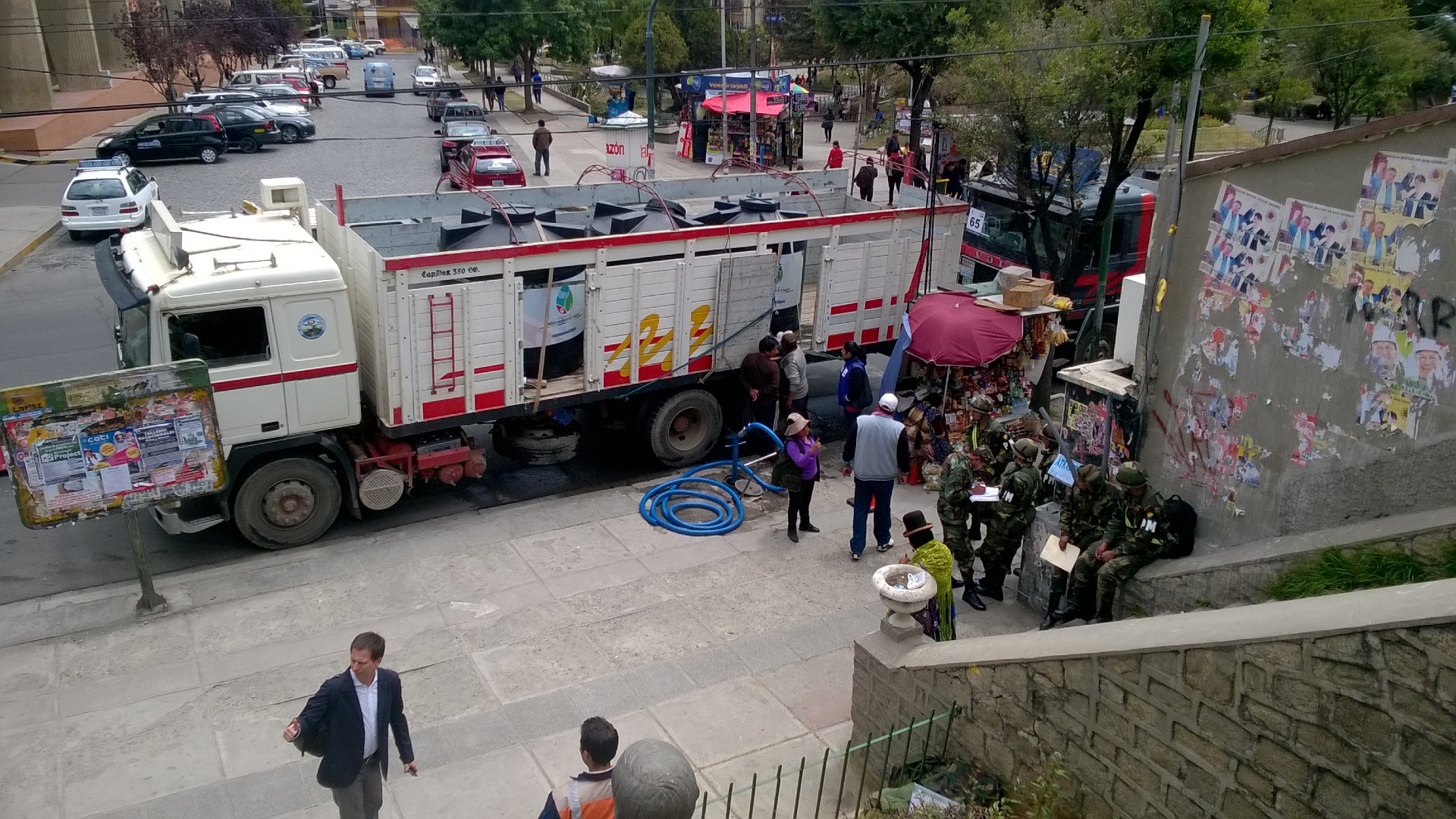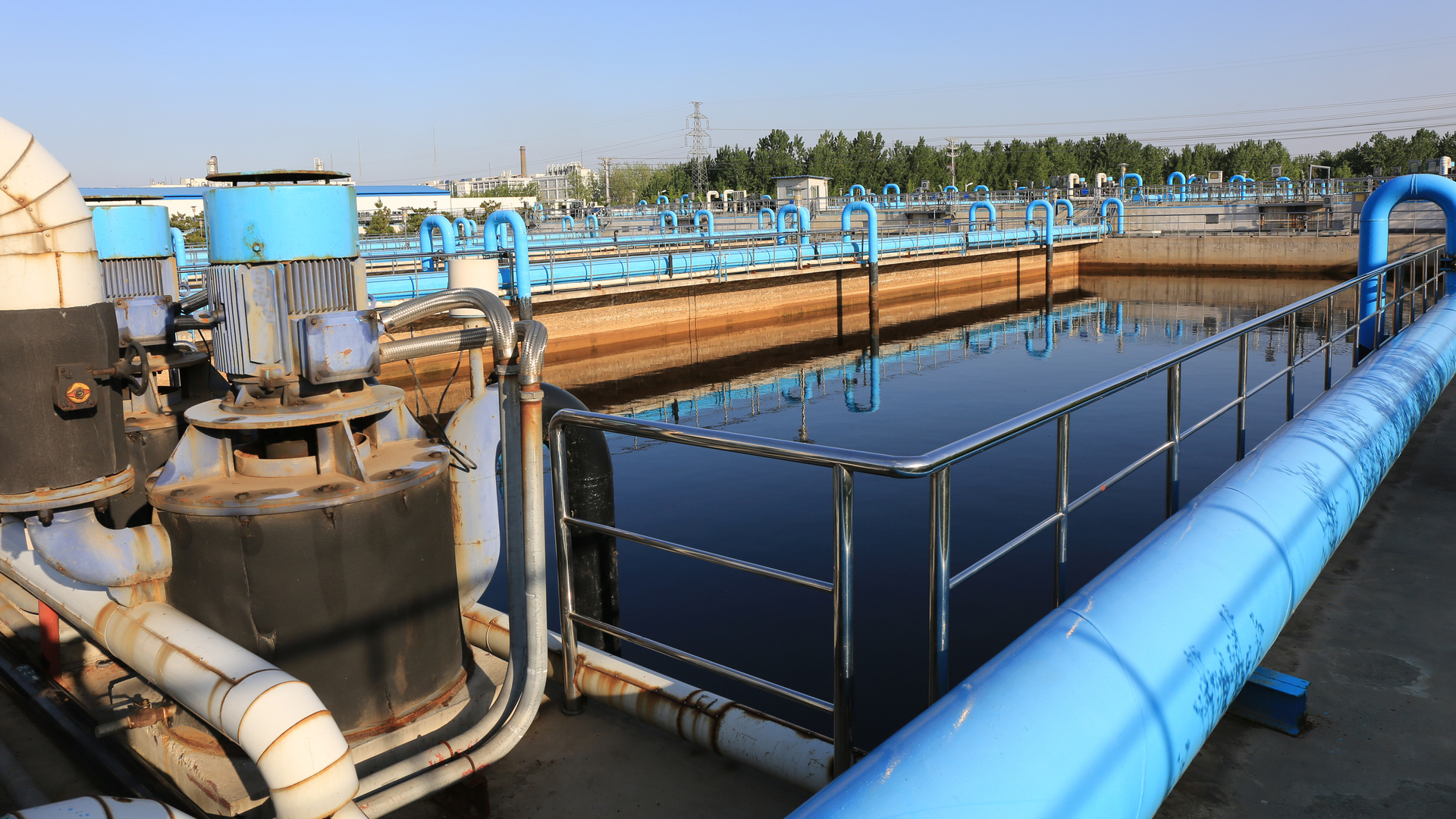Day Zero: water crisis management at La Paz

- ClientEmpresa Publica Social Aqua y Saneamiento (EPSAS S.A.)
- LocationLa Paz, Bolivia
- Period2017-2019
- ChallengeA need for improved monitoring to better predict and respond to water reserves running out.
- SolutionsA new monitoring system and infrastructure upgrades reduce leakage and predict supply interruptions.
The challenge: a need for improved monitoring to check water reserves
In November 2016, La Paz in Bolivia experienced “Day Zero” when drinking water reserves in its system of reservoirs were almost depleted due to extreme droughts.
The water crisis took the government and the Bolivian water company by surprise. Citizens had to rely on drinking water supplied by tanker trucks operated by the Bolivian army, and industries and schools needed to close. A national state of emergency was declared.
The solution: a semi-online monitoring network
Building new dams to add capacity wouldn’t resolve the underlying infrastructure problems and could cause significant adverse environmental impact. Instead, our experts proposed a method to optimise the existing infrastructure network of 25 dams and reservoirs using a decision support system.
Digital tools have the potential to revolutionise water treatment infrastructure without undertaking costly and disruptive engineering projects, So the first step in this project was to upgrade the existing monitoring system, which used to be executed by hand throughout an extensive area of the Andes.
We proposed changing this time-consuming, manual process into a semi-online monitoring network – powered by solar panels – that communicates directly with a control room.
In the second step, an advanced hydrological model of the area was built. And finally, a smart software solution linked the hydrological model to the monitoring data and weather forecasts to generate different scenarios.
Based on these scenarios, the software solution will advise the operators in the control room in their daily business operations. But as the new digital system will require upskilling of staff, we prepared a training program to ensure the tool is used most effectively.
As the tool continuously calculates scenarios, it will also serve as an early warning system to forecast the likelihood of another Day Zero within the next 1.5 years – leaving enough time to define mitigating measures.
With the new monitoring system and operational optimisations:
- The chances of another Day Zero are lowered from once every 4 years to once every 10 years.
- Loss of water to spillage and evaporation is reduced by an amount equal to another large dam and reservoir.
- Contamination – and the amount of chemicals needed to purify the drinking water – is reduced, and the number of pumping activities is lowered.
Demonstrating ROI is key to getting finance in place for any new or upgraded infrastructure. Due to these optimisations, the investments for this project will repay themselves within 3 to 4 years.
The design of the monitoring system and the control room have been finished, and building activities have started. Our experts are preparing and training the operators to work with the decision support system and forecasting data.
The result: a new monitoring system and infrastructure upgrades
With this project, La Paz’s water system operations are now more robust and professionalised, and – most importantly – supply interruptions to a city of 2.2 million people will be prevented.
This has been achieved through highly cost-effective operational improvements and without needing to expand the current water system with additional dams that can damage the environment.
While these optimisations cannot prevent extreme dry periods, automation and improved monitoring gives trained operatives a greater ability to respond quickly when they happen, meaning water supply interruptions will decrease.
And should the system predict another Day Zero, there will be enough time to prepare adaptive measures to avert it.
Want to know moreor got a question?
Contact our Climate Resilience experts!



.jpg?h=1080&iar=0&w=1920&hash=F58435338E814B06DB575C8C22045637)
